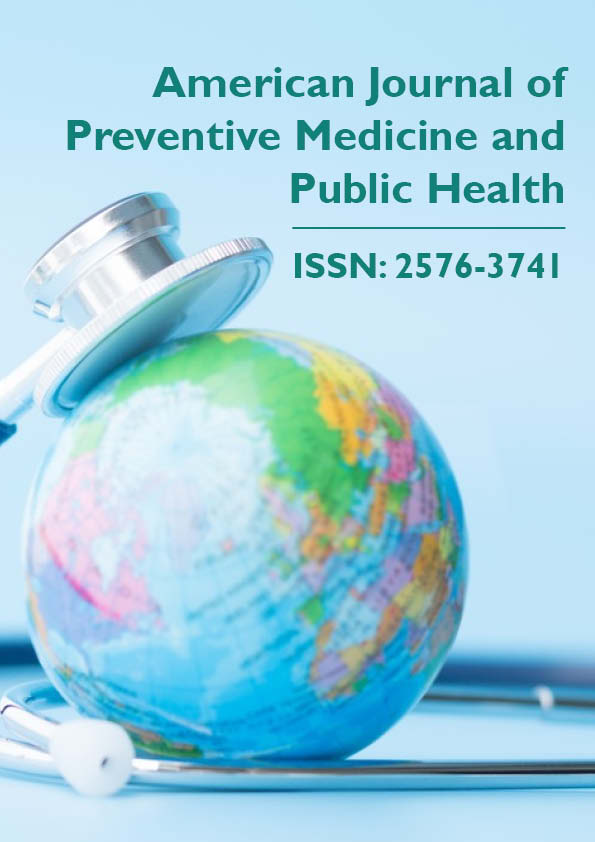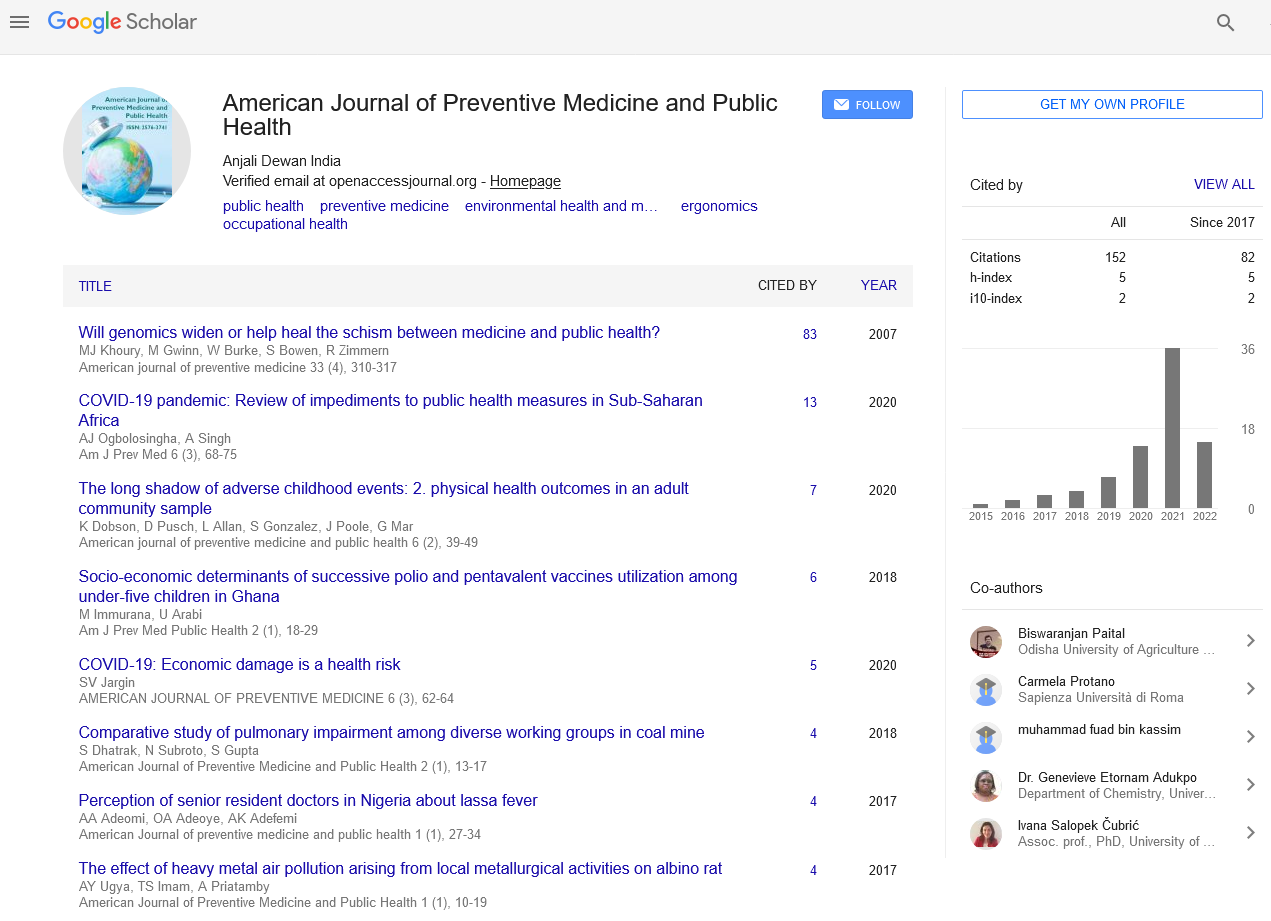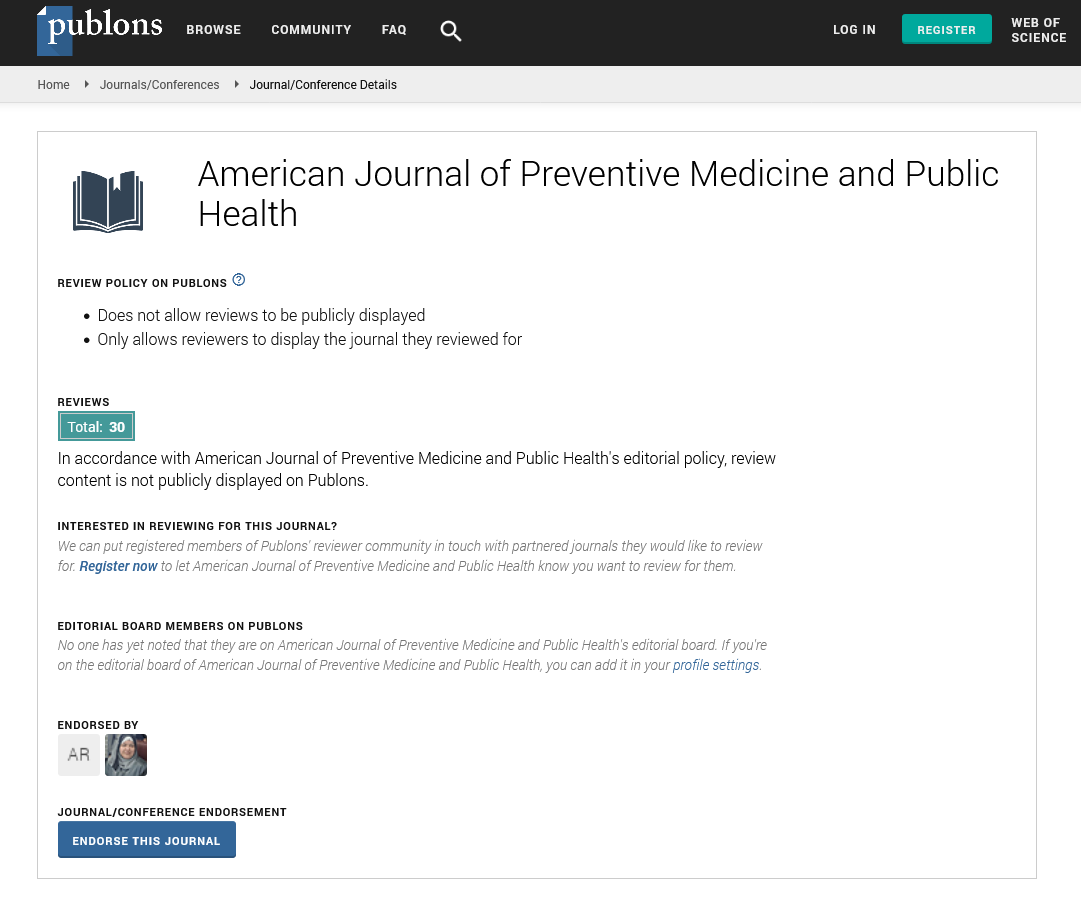COVID-19 Infection and Women's Health; which Women are More Vulnerable in Terms of Gynecological Health?
Abstract
Aylin Önder Dirican*, Ufuk Ceran, Emel Ebru Özçimen, Aysun Alparslan Çulha, Mehmet Ali Abasıyanık, Burcu Üstün and Seval Akgün
Research question: Given gender-specific differences and ACE2 commonly expressed in the ovaries and uterus, it may be important to know which women are at greater risk of COVID-19 infection. Therefore, this study sought to determine which women are more affected by COVID-19 infection, especially in terms of gynecological pathologies.
Design: This retrospective and descriptive study examined the effect and course of COVID-19 in terms of gynecological pathologies in a total of 380 women of reproductive age without systemic disease. General demographics, obstetric and gynecological conditions and parameters related to COVID-19 were evaluated. All parameters were compared for three groups defined on the basis of COVID-19 severity (mild, moderate and severe).
Results: A total of 380 women with a mean age of 35.39 ± 8.94 were included in the study. The mean Body Mass Index (BMI) of the women was 24.35 ± 4.53. The proportion of women with at least one pregnancy history was 69.2%. The mean gravidity of the women was 1.47 ± 1.34 and the parity was 1.16 ± 1.02. Of the women, 112 (29.5%) mild, 207 (54.5%) moderate and 61 (16.0%) severe cases of COVID-19 were seen. The mean age and median BMI of the women were similar in all three groups (p=0.163, p=0.127, respectively). Severe disease rates (29.5%) were significantly higher in women with 2 or more cases of COVID-19 than mild disease (14%) (p=0.018). Severe disease rates (57.4%) in women with at least one pregnancy history were statistically significantly lower than mild disease rates (78.6%) (p=0.010). The median parity number was significantly higher in the mild disease group than in the moderate disease group (p=0.021). The most common benign gynecological pathology in women was chronic urinary tract infection (13.2%). Other common pathologies were chronic vaginal infection (12.6%) and Polycystic Ovary Syndrome (PCOS) (11.6%). A history of chronic urinary tract infection was statistically significantly higher in the severe disease group (24.6%), mild (8.9%, p=0.015) and moderate (12.1%, p=0.024) disease groups. PCOS, endometriosis (6.3%), Abnormal Uterine Bleeding (AUB) (8.4%) and hormone therapy history (8.2%) were found to be higher in severe disease groups, although not statistically significant (p=0.596, p=0.074, p=0.305, p=0.059, respectively). The history of leiomyoma (7.1%) was higher in the mild and moderate disease groups than in the severe disease group, but it was not statistically significant (p=0.794). Benign gynecological operation history (31.3%) was significantly higher in mild (36.6%, p=0.007) and moderate (33.3%, p=0.007) disease groups than in the severe group (9, 14.8%).
Conclusions: Certain obstetric and gynecological conditions are thought to affect COVID-19 susceptibility and severity in women without systemic disease.
HTML PDF






